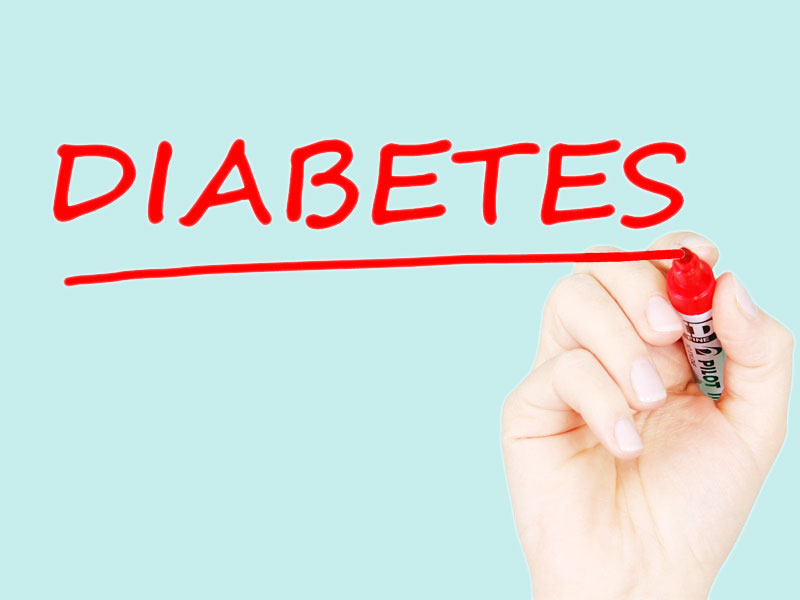Project Description
Your Health: The Pulse
What is the pulse?
The heart fills with & pumps blood into arteries so many times per minute (beats per minute – BPM). This heart beat or heart rate generates a pulse wave from the heart as flexible arteries expand & relax pushing blood through them to the rest of the body. This pulse can be felt easiest on the wrist or neck above where the artery is located & can be a good indicator of your present health status, but can also be felt in many other areas of the body including the feet. Palpating the three main pulses in each foot/ankle is a basic way to assess circulation in the peripheries.
Taking a measurement
Using two fingers (not your thumb) your ‘pulse’ is about an inch down your wrist from your hand, the same side as your thumb. If you can’t feel it, move your two fingers up or down the area and/or try altering the pressure or try using three fingers.
To find out what your pulse is, count for 1 minute in total or 30 seconds & then multiply the 30 seconds by 2. The result is your individual pulse measurement.
It’s good to record your pulse at rest, upon standing and before, during and after different activities, for your present and future reference. That way if you are unwell you will know if your pulse reading is normal or not for you.
If you regularly get dizzy when you stand, this could be due to many things including low blood pressure, or temporary illness etc. but it could also be because your pulse is increasing more than it should. In general our heart beat should only increase minimally when standing. According to PoTs Uk, anything up to 20 bpm (beats per minute) is normal ‘when adopting an upright posture’. Some sources indicate 10 or 15 bpm is the limit of normality. However, if you feel your pulse is higher than it should be in any given situation, please visit your GP.
Your heart rate can vary when you are sleeping or resting compared to awake or exercising, when your heart rate will increase. This is normal. Generally speaking, the more athletic a person, the more efficient their heart muscle and the lower their heart rate can be when at rest.
Arrythmias
Arrhythmias are when the heart beats abnormally fast, slow and/or beats with an irregular pattern*. If your resting heart rate is too fast or very slow it’s good to inform your GP because they can check this against your overall health to see whether it is normal for you or not*. Arrhythmias can be caused by many different things which include heart disease, congenital conditions, alcohol, smoking & certain over-the-counter, prescribed and illegal recreational drugs. As we age our risk of arrhythmia’s also increases.
The average resting heart rate for men is 75 & women 70. However, a normal resting heart rate can be between 60-100.
It can be lower for young, fit or athletic people as described above.
A resting pulse over 100 is called tachycardia
A resting pulse under 60 is called bradycardia
*Inform your GP if you think your resting heart rate is continuously too fast/too slow (this might be normal for you) or if you detect your pulse is irregular – if you think your pulse is irregular, please test for an actual minute rather than testing for thirty seconds and then multiplying by two.










